246794
Pentaerythritol tetraacrylate, Pentaerythritol triacrylate, and Trimethylolpropane triacrylate mixture
Sinonimo/i:
PTA/TMPTA mixture, Pentaerythritol acrylates mixture
About This Item
Prodotti consigliati
contiene
300-400 ppm monomethyl ether hydroquinone as inhibitor
Indice di rifrazione
n20/D 1.483
Densità
1.18 g/mL at 25 °C
Stringa SMILE
O=C(C=C)OCC(COC(C=C)=O)(COC(C=C)=O)COC(C=C)=O.OCC(COC(C=C)=O)(COC(C=C)=O)COC(C=C)=O.CCC(COC(C=C)=O)(COC(C=C)=O)COC(C=C)=O
Descrizione generale
Applicazioni
- As a cross-linking agent to synthesize biodegradable poly (1,3-trimethylene carbonate) (PTMC) networks with improved creep resistance and thermal stability. PMTC networks find application in the field of soft tissue engineering.
- As a monomer precursor to prepare light-curing dental composites via photopolymerization.
- To fabricate polymer-dispersed liquid crystal(PDLC) films with low driving voltage, moderately high contrast ratio, and fast response time. These PDLC films are utilized in optoelectronic devices such as OLEDs, FET, and solar cells.
- As a monomer mixture to prepare 3D bioprinting resins viaphotopolymerization.
Avvertenze
Warning
Indicazioni di pericolo
Consigli di prudenza
Classi di pericolo
Aquatic Acute 1 - Aquatic Chronic 1 - Carc. 2 - Eye Irrit. 2 - Skin Irrit. 2 - Skin Sens. 1
Codice della classe di stoccaggio
10 - Combustible liquids
Classe di pericolosità dell'acqua (WGK)
WGK 2
Punto d’infiammabilità (°F)
230.0 °F - closed cup
Punto d’infiammabilità (°C)
110 °C - closed cup
Dispositivi di protezione individuale
Eyeshields, Faceshields, Gloves, type ABEK (EN14387) respirator filter
Certificati d'analisi (COA)
Cerca il Certificati d'analisi (COA) digitando il numero di lotto/batch corrispondente. I numeri di lotto o di batch sono stampati sull'etichetta dei prodotti dopo la parola ‘Lotto’ o ‘Batch’.
Possiedi già questo prodotto?
I documenti relativi ai prodotti acquistati recentemente sono disponibili nell’Archivio dei documenti.
I clienti hanno visto anche
Il team dei nostri ricercatori vanta grande esperienza in tutte le aree della ricerca quali Life Science, scienza dei materiali, sintesi chimica, cromatografia, discipline analitiche, ecc..
Contatta l'Assistenza Tecnica.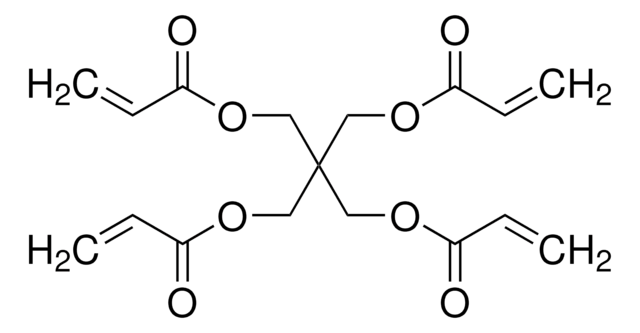
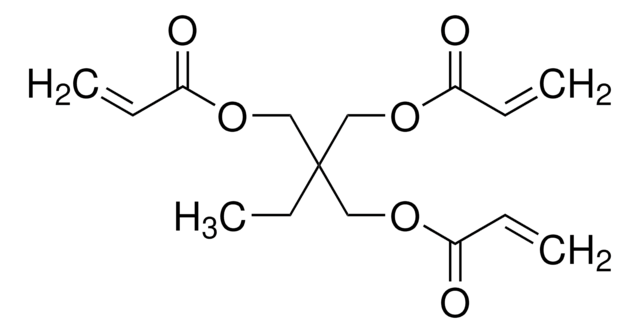
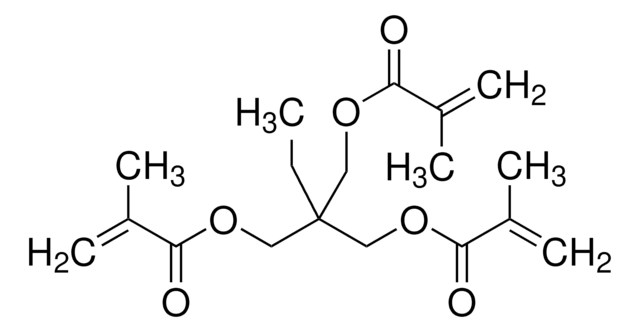
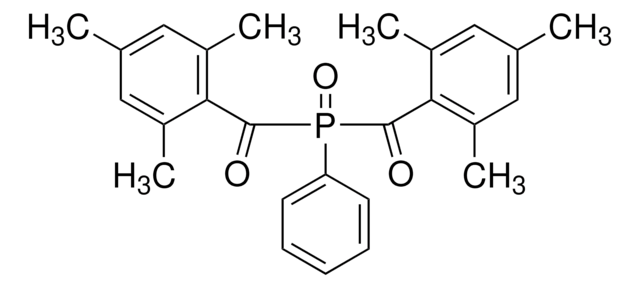

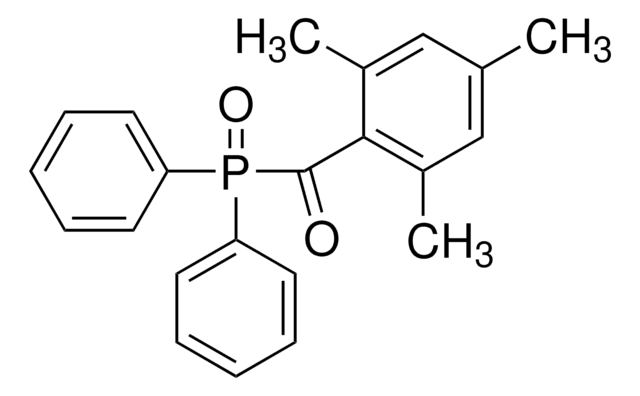
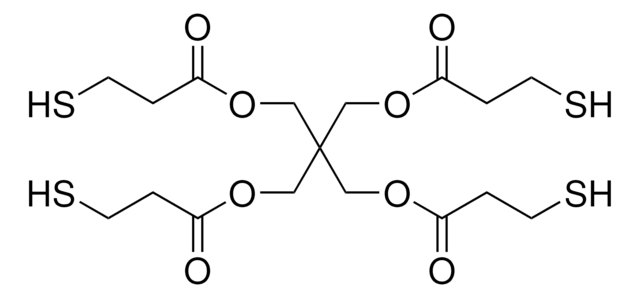


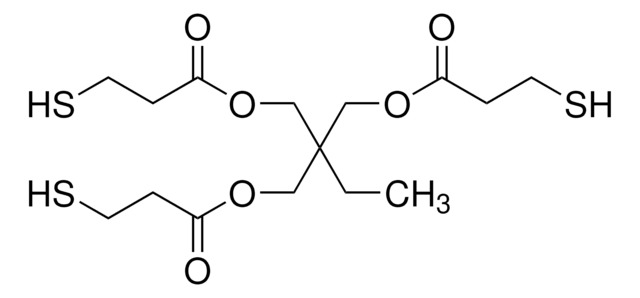



![Tris[2-(acryloyloxy)ethyl] isocyanurate](/deepweb/assets/sigmaaldrich/product/structures/254/494/1a620abc-8043-457f-92ec-87a959682438/640/1a620abc-8043-457f-92ec-87a959682438.png)
